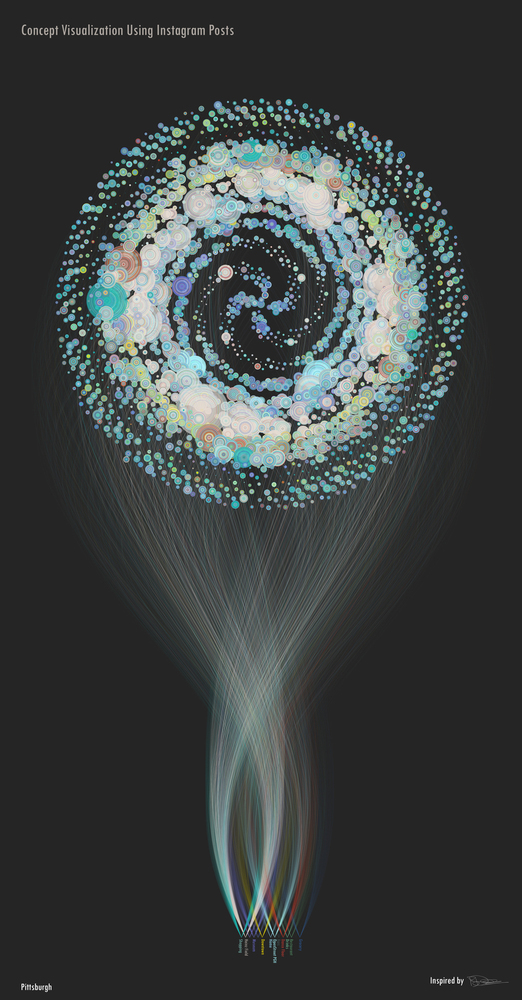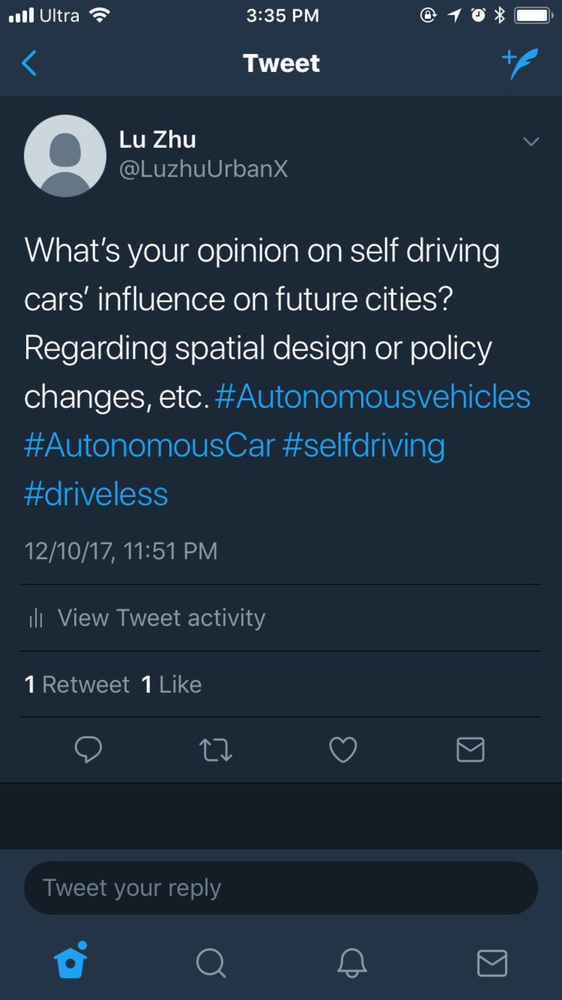Where to Start
The dawn of Driveless Future is coming soon. We see many autonomous vehicles moving around in some cities across the nation. Pittsburgh as center of innovation, it has Uber, Argo AI, Ford, etc. who are putting their autonomous vehicle researches into reality on city streets. It is important to learn how citizens are actually feeling about it in the city, what are their perceptions of the coming changes, which they may not have been aware of, such as potential physical space or transportation policy change, etc. For example, the streetscape change, how autonomous vehicles would include the public right way design, the street curb design/spacing, then influences the pedestrian activities on the sidewalk. Many policy makers have noticed the potential Driveless Future impacts on infrastructure design, including parking facility, street design, traffic signalization design, etc., would be influenced by the rapid developing autonomous vehicle technologies. How can we effectively get input from professionals from a wide range of industries, and encourage general public and interest groups' active reaction on Driveless Future and help municipalities better prepare the future, and make policy changes to better protect the general welfare of the public.


